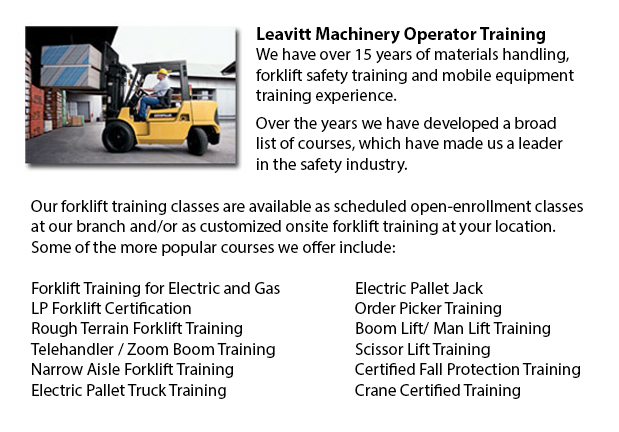
Boom truck are often utilized by phone, cable and utilities firms as they have extended folded arms which are generally folded over the roofs of company vehicles. On the end of the extension of extendable arms usually sits a bucket-like apparatus. When a bucket truck has an extendable boom installed on the roof this is often known as an "aerial boom truck" or a "cherry picker". It is able to transport staff to the peak of a phone or electrical pole. Bucket boom vans have a lifting capacity of around 350 lbs to 1500 lbs or 158 kg to 680 kg plus they are able of extending the bucket up to 34 feet or to around 10 meters into the air.
Building boom vehicles or heavy duty boom trucks will regularly have a hoist appendage on the rear. Often labeled knuckle booms, these cranes can be shorter and more compact than the trolley boom, which has a boom capable of extending the length of the truck. Crane boom trucks have a hauling capability between 10 to 50 tons or about 9 to 45 metric tons.
Concrete boom vehicles are another adaptation. The booms on these lift trucks have a tube with a nozzle at the far end and are utilized to pump concrete or other resources. The locations where these resources have to be deposited is usually inaccessible to the truck or is stationed at a great height, consequently, the boom of a bigger concrete boom truck may well be extended 230 feet or approximately 71 meters. The truck then pumps the concrete through the boom precisely depositing it into the space where it is required.
Fire departments are outfitted with a lengthy bucket boom used to raise firefighters to the upper floors of a building. Once in place, this boom enables them to direct water onto a fire or to rescue ensnared victims. Many of the older hook and ladder trucks have been replaced with modern boom trucks.
There is in addition a miniature self-propelled boom vehicle, similar to a forklift that is existing on the market for sizable warehouses or manufacturing plants. These mini boom vehicles may lift employees to upper cargo areas or to the ceiling of the building. They are much safer and more durable than using an extension ladder for the identical function.
-
Toyota Forklift
Ever since 1992, Toyota Material Handling inc., U.S.A., also referred to as TMHU, have been the top selling lift truck provider in the United States. This company has been based out of Irvine, California for well over 40 years, providing a comprehens... More -
Nissan Forklift
Nissan Motor Co. Ltd prides itself on achieving total consumer fulfillment when enjoying one of their car, truck or forklift products. They are fully committed to delivering high value and meticulous quality values to their customers. Incorporating a... More -
Terex Forklift
Terex Forklifts takes great pleasure in producing quality equipment that helps improve their customers' efficiency while standing by their mission to provide a cost effective yet consistent product line. Through several divestures and acquisitions de... More -
Genie Forklift
Genie is a globally established corporation that enjoys the spirit of partnership with their extensive network of allied consumers. Genie Industries prides itself on the image of bringing materials and people higher and extending beyond the products... More -
Doosan Forklift
Doosan Infracore Company Ltd. is an international company consisting of Diesel Engines, Defense Industry goods, Industrial Vehicles, Construction Technologies and Machine Instruments and Mechanization Systems. Their United States partner, Doosan... More

Forklift Training Edmonton
crossorigin="anonymous">
TOLL FREE: 1-888-254-6157
Edmonton, Alberta
forklifttrainingedmonton.com
Email Us
About Us


